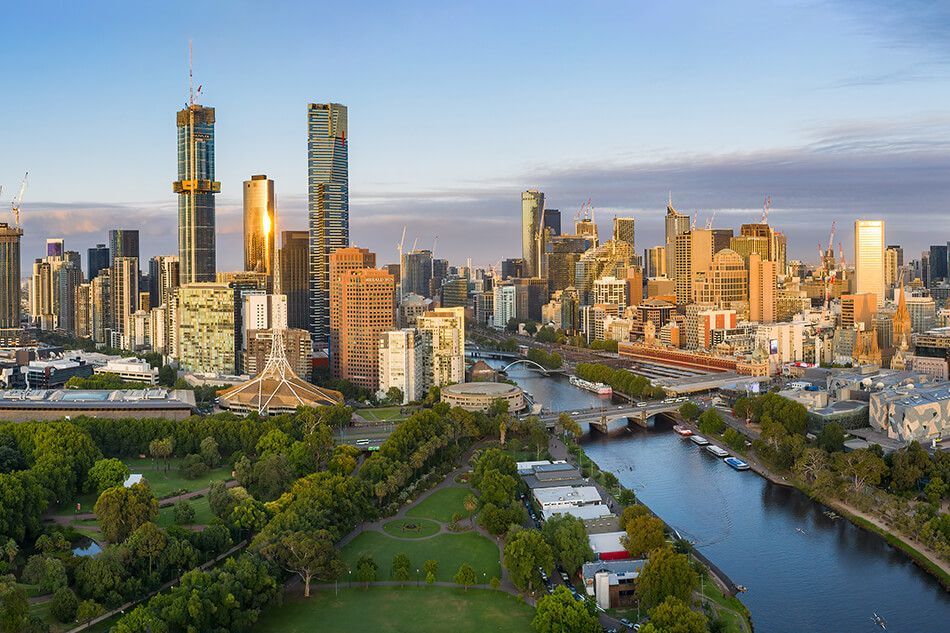
Homelessness is a critical issue in Australia, particularly affecting those over the age of 55. The latest data from the Australian Bureau of Statistics (ABS) reveals that a significant number of older Australians are experiencing homelessness, with many facing this situation due to inadequate planning and sudden changes in their personal circumstances.
The State of Homelessness in Australia
According to the 2021 Census, there were 122,494 people experiencing homelessness in Australia, a 5% increase since the previous census in 2016. Although this rate of increase is lower than the population growth, it highlights a troubling trend, especially among older Australians. Homelessness is particularly pronounced among children, young people, women, and Indigenous Australians (AHURI) (Homelessness NSW).
Homelessness Among Older Australians
The 2021 Census data shows that 5,979 people aged 55 and over were homeless, a slight decrease from 6,407 in 2016. Despite this decrease, the situation remains dire for many older Australians, who often face unique challenges that make them more vulnerable to homelessness. Factors contributing to homelessness in this age group include insufficient retirement savings, rising living costs, and sudden life changes such as divorce or the death of a spouse.
The Impact of Divorce and Lack of Financial Planning
One of the most significant contributors to homelessness among older Australians is divorce. When a marriage ends, financial resources are often split, and the cost of maintaining separate households can strain individuals' finances. Without proper financial planning, many divorced individuals, particularly women, find themselves struggling to afford housing.
Women are disproportionately affected by homelessness post-divorce due to several factors. They often have lower superannuation balances compared to men, partly because of career breaks to raise children and generally lower lifetime earnings. This financial disparity leaves many women financially vulnerable, particularly in their later years.

The Importance of Financial Planning
Effective financial planning is crucial to prevent homelessness, especially for those nearing retirement. Planning includes not only saving and investing but also understanding potential risks and how to mitigate them. Here are some key steps to consider:
- Assess Your Financial Situation: Regularly review your financial status, including savings, superannuation, and investments. This helps in understanding where you stand and what adjustments may be needed.
- Create a Budget: Develop a budget that accounts for all expenses, including potential costs post-retirement. This helps in managing funds efficiently and identifying areas where you can cut costs.
- Seek Professional Advice: Consult with financial advisors to create a robust financial plan. They can provide guidance on investments, retirement planning, and strategies to manage financial risks.
- Plan for Contingencies: Life can be unpredictable. Having an emergency fund and insurance can provide a safety net in case of sudden changes such as health issues or the loss of a partner.
Government and Community Support
The Australian government has implemented several measures to address homelessness, particularly in response to the COVID-19 pandemic. These measures included increased funding for temporary accommodation and social housing. However, more long-term solutions are needed to address the root causes of homelessness among older Australians.
Community organisations also play a vital role in supporting those at risk of homelessness. They offer services such as housing assistance, financial counselling, and legal support. Engaging with these organisations can provide immediate relief and long-term support for individuals facing housing insecurity.
For more detailed statistics and data, you can visit the ABS 2021 Census Homelessness Data and AHURI Homelessness Analysis.
How PB Property Can Help
At PB Property, we understand the challenges that older Australians face regarding housing security. Our individualised service is designed to help you plan effectively for your future, ensuring that you have a stable and secure home environment as you age.
By partnering with PB Property, you can take proactive steps to secure your housing future and avoid the risks of homelessness.
share to



